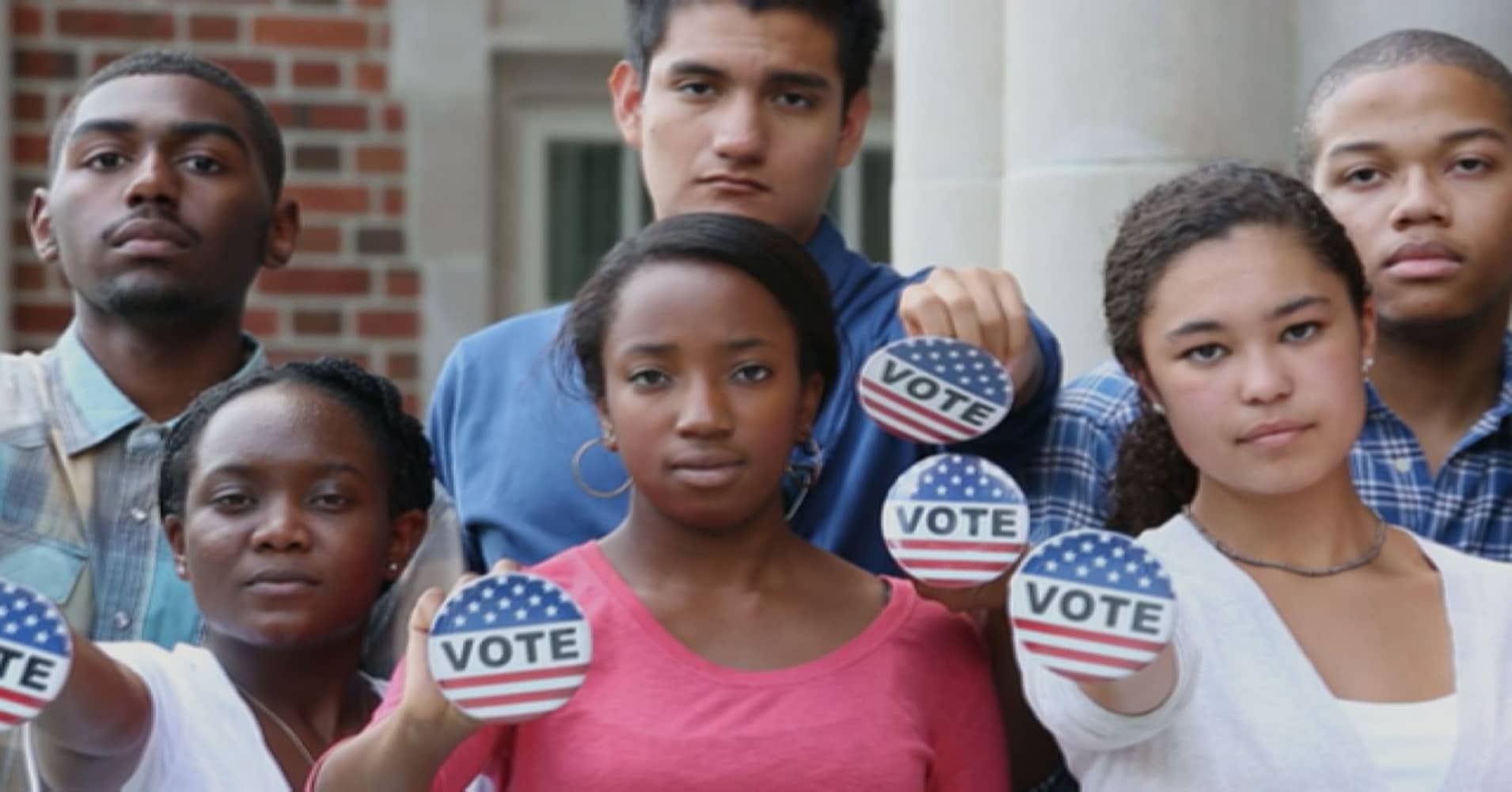
There’s really no question Democrats are going to win younger voters in 2020. But what matters for them is the size of their margin of victory.
Republicans haven’t carried 18-to-29-year-olds in an election cycle since 1994, when exit polling showed them besting Democrats in this age group, 51 percent to 49 percent. They broke even with Democrats among younger voters in the 1998 midterms, but it’s been at least 30 years since Republicans carried 18-to-29-year-olds in a presidential cycle.
Younger voters’ share of the electorate has been fairly stable in recent cycles. They comprised 13 percent of all voters in the 2014 and 2018 midterm elections and 19 percent in the 2012 and 2016 presidential elections.
Of course, losing younger voters hasn’t prevented Republicans from winning races. Donald Trump lost 18-to-29-year-olds by 19 points, 55 percent to 36 percent, on his way to becoming president in 2016. Republicans lost younger voters by 16 points, 58 percent to 42 percent, in the 2010 midterms, when they took back the House, winning a net of 63 seats. And the GOP lost younger voters by 9 points, 54 percent to 43 percent, in 2014 when they picked up 9 Senate seats and recaptured the chamber.
But when the margin creeps higher, Democrats win big. Barack Obama won younger voters by 30 points in 2008 and 23 points in 2012 as part of his two presidential victories. Democrats won 18-to-29-year-olds by 22 points (61 percent to 39 percent) in 2006 when they gained 30 House seats and the majority. And Democrats won younger voters by a whopping 35 points in 2018, as they netted 40 seats on their way to taking back the House.
Losing younger voters by 20 points or less isn’t a precise threshold for Republicans, but even if it’s closer, Trump and the GOP will have to make a dramatic recovery among 18-to-29-year olds in just two years to avoid more losses.

No comments:
Post a Comment